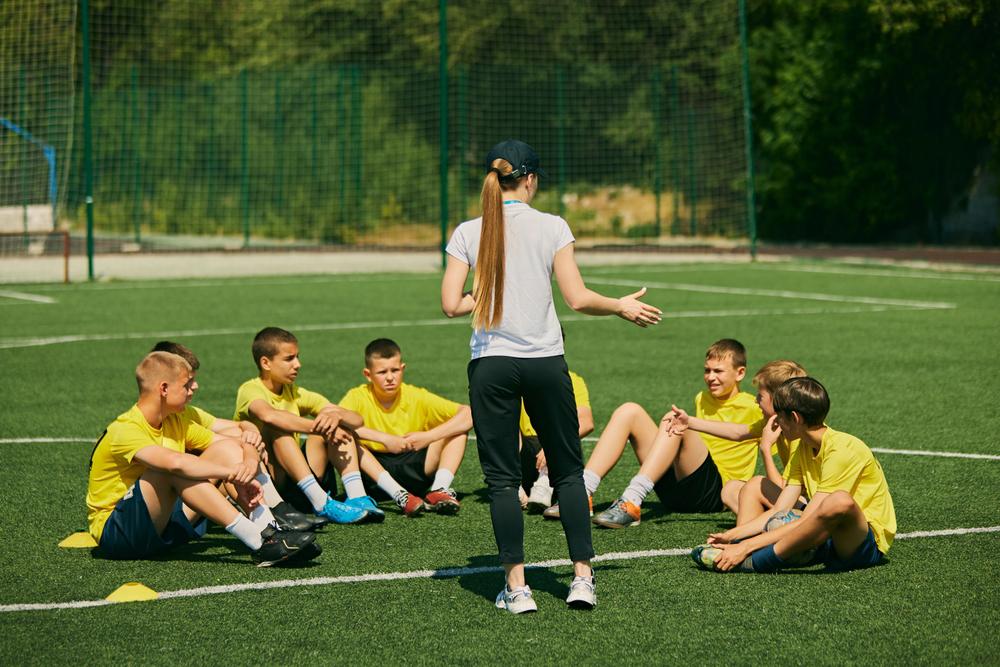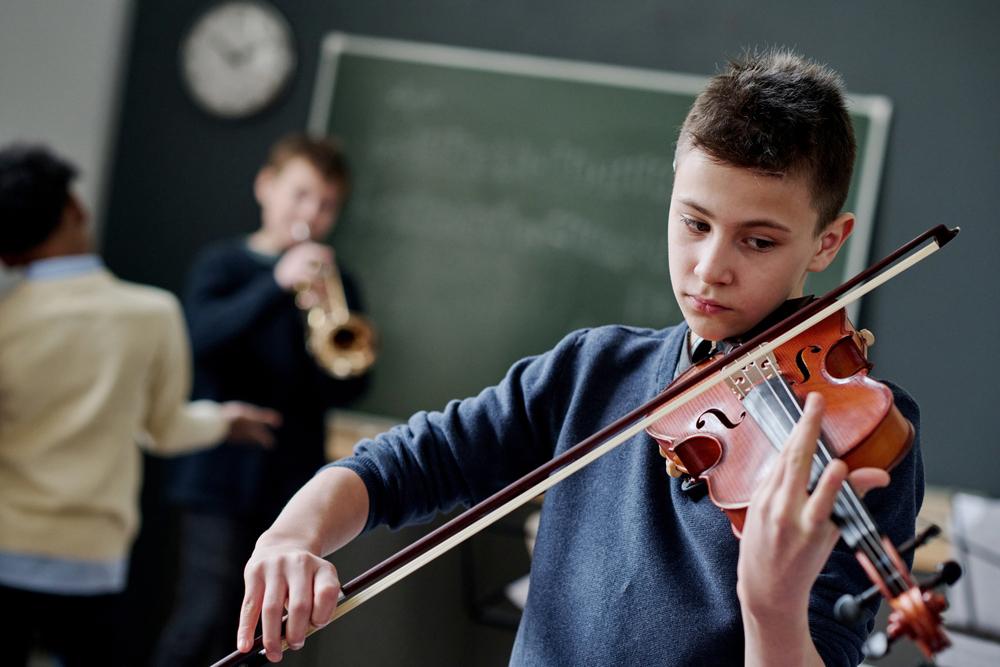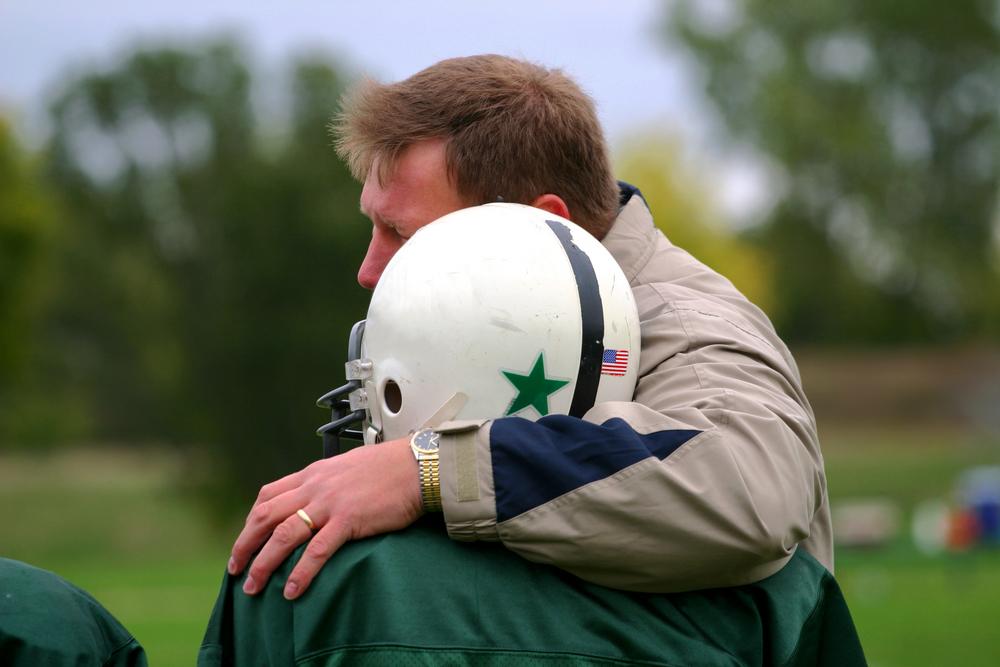 Are you wondering about the concept of ‘psychological safety’? Coaches can help build psychological safety on their teams by creating a supportive environment based in trust and respect, which benefits both the athletes and the performance of the team.
Are you wondering about the concept of ‘psychological safety’? Coaches can help build psychological safety on their teams by creating a supportive environment based in trust and respect, which benefits both the athletes and the performance of the team.
Here, Dr. Charron Sumler, TrueSport Expert and Assistant Director of Sport Psychology and Wellness Services at The Ohio State University, explains how coaches can foster and maintain psychological safety on their teams.
1. Open Communication
“Open communication is critical to developing psychological safety because athletes need to feel comfortable asking any question,” says Sumler. “For example, if a player wanted to ask about how they could have handled a play better in a game, psychological safety would determine whether that person stayed quiet or spoke up. For athletes to grow and learn, you need an environment where they can ask questions without worrying that they will be punished for it.”
On big teams in particular, the best way to develop open communication is to establish clear systems so athletes know who to go to when they need something, Sumler explains. This can take time to build and formalize, but once it’s in place, this actually helps alleviate stress on the coach, Sumler adds.
For a smaller team with one coach, you can encourage open communication simply by ensuring that the athletes know how to contact the coach and feel welcome to do so. “At the beginning of the season, set clear communication norms,” says Sumler. “Let athletes know how the team approaches challenges and ensure there’s a clear path to receiving helpful feedback.”
2. Identify What Trust and Respect Look Like
“Having coaches identify what respect looks like on a team is extremely helpful, and they can do so by modeling respect and setting expectations for respectful behavior,” says Sumler. “Respect is also earned by things like consistent, fair, and transparent decision-making.”
In fact, decision-making is often the best time to grow trust. “Coaches who share the why behind tough decisions and check in with players after making those decisions are modeling psychological safety,” says Sumler. “That willingness to let everyone in on your decision and the reasons behind it really helps players learn to trust you. And it’s even more important to hold space for athletes to let you know how they feel about a decision without fear of repercussions.”
3. Fostering Encouragement and Responsibility
 “Encouragement and responsibility are related to how you respond to failure,” Sumler explains. “Are you creating space for athletes to fail without shame, while still holding them accountable? It’s a difficult thing to balance, but athletes need to know that it’s okay to make mistakes as long as they take accountability and learn from those mistakes. Modeling how we handle mistakes and grow from them, as well as praising effort and progress, is key to creating that sense of psychological safety.”
“Encouragement and responsibility are related to how you respond to failure,” Sumler explains. “Are you creating space for athletes to fail without shame, while still holding them accountable? It’s a difficult thing to balance, but athletes need to know that it’s okay to make mistakes as long as they take accountability and learn from those mistakes. Modeling how we handle mistakes and grow from them, as well as praising effort and progress, is key to creating that sense of psychological safety.”
She even recommends working with staff and athletes at the beginning of the season to create a team contract that lays out how the team will treat each other, address conflict, handle mistakes, and even celebrate wins.
4. Activate Your Athletes
“Psychological safety doesn’t mean everyone should act the same, but it means everyone is safe enough to bring their whole self to the team,” Sumler adds. One of the best things you can do as a coach is to learn how to activate your athletes in different ways so they can all meaningfully contribute to the team.
“I ask coaches to work with their athletes to identify their unique qualities and how those characteristics can be used to help the team be successful,” she says. “For example, an athlete might identify as the cheerleader, the go-getter, the anchor, the analyst, or the connector. When people have roles, they’re more inclined to show up positively and to be consistent in their behavior.” Role clarity fosters belonging and safety by team members.
5. Team Culture is a Moving Target
Because athletes come and go from teams every season, team cultures will shift with each new year. “Culture is intentional,” says Sumler. “Coaches have the responsibility to help each new team figure out what’s important to them and how the team culture will look in this particular season.”
She suggests having the team come up with the three words that best define the team culture for the season, such as grit, teamwork, fun, growth, or hard work. Let the team as a whole set cultural expectations, because the more connected the athletes are to those values, the more they’ll be used to guide behavior on the team and encourage psychological safety.
_________________________
Takeaway
When your team feels a sense of psychological safety, it isn’t just good for their mental health, it also allows your players to grow and perform at their best. In order to foster a sense of psychological safety, create an environment where open communication is encouraged, trust and respect are foundational, and mistakes are seen as opportunities for learning.



